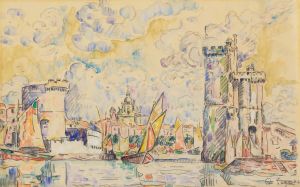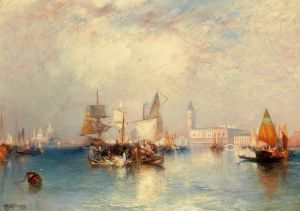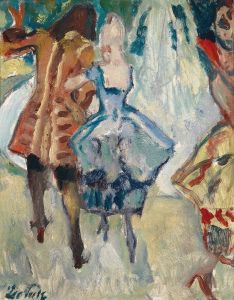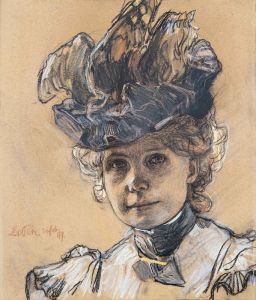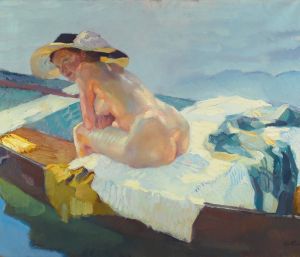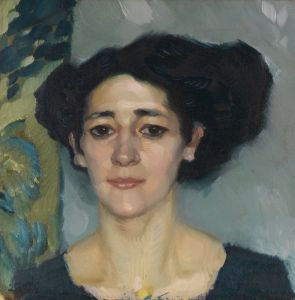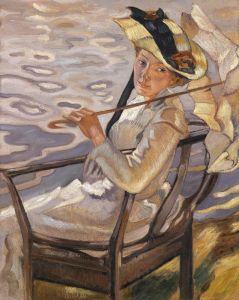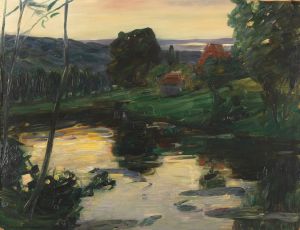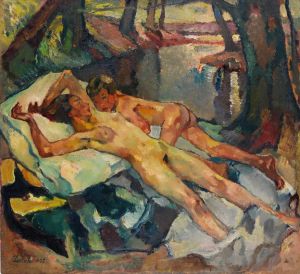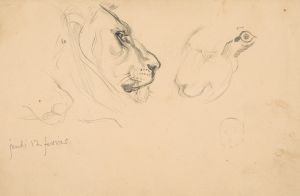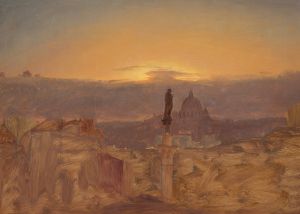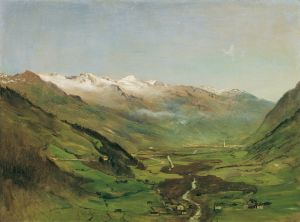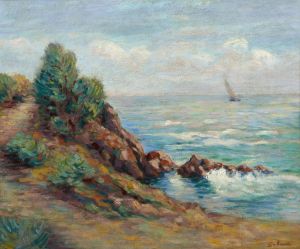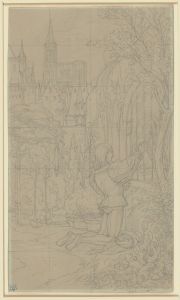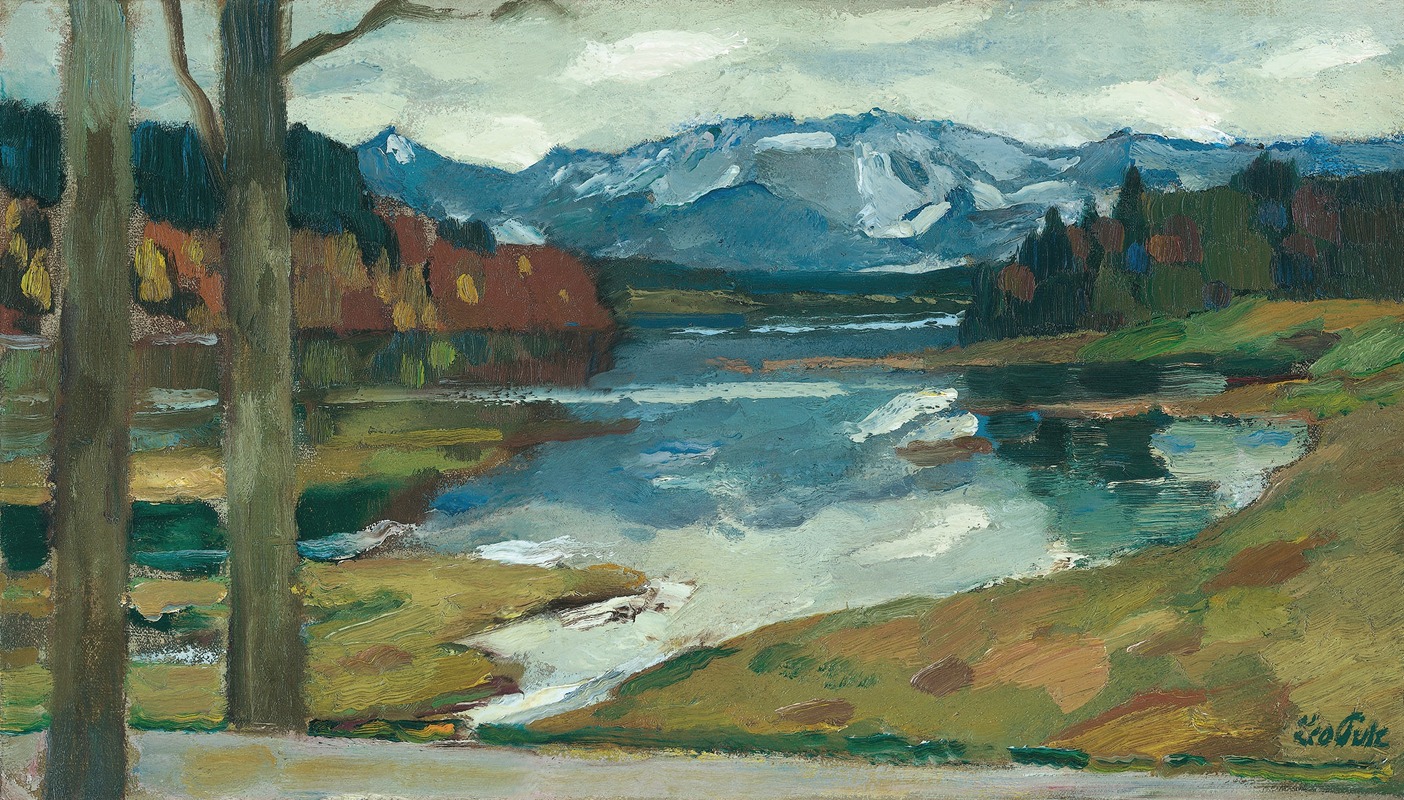
Kampenwand
A hand-painted replica of Leo Putz’s masterpiece Kampenwand, meticulously crafted by professional artists to capture the true essence of the original. Each piece is created with museum-quality canvas and rare mineral pigments, carefully painted by experienced artists with delicate brushstrokes and rich, layered colors to perfectly recreate the texture of the original artwork. Unlike machine-printed reproductions, this hand-painted version brings the painting to life, infused with the artist’s emotions and skill in every stroke. Whether for personal collection or home decoration, it instantly elevates the artistic atmosphere of any space.
Leo Putz was a prominent German painter known for his contributions to the art movements of Impressionism and Art Nouveau. One of his notable works is "Kampenwand," which reflects his mastery in capturing the natural beauty and atmospheric conditions of the landscapes he painted. Born on June 18, 1869, in Merano, which was then part of the Austro-Hungarian Empire, Putz developed a keen interest in art from a young age. He pursued formal art education at the Academy of Fine Arts in Munich, where he was influenced by the prevailing artistic trends of the time.
"Kampenwand" is a painting that exemplifies Putz's skill in landscape painting, a genre he frequently explored throughout his career. The Kampenwand is a mountain in the Bavarian Alps, known for its distinctive rocky peaks and scenic vistas. Putz's depiction of this landscape captures the serene yet majestic quality of the mountain range, highlighting his ability to convey the interplay of light and shadow on natural forms. His use of color and brushwork in this painting is characteristic of his style, which often involved a vibrant palette and dynamic compositions.
Throughout his career, Putz was associated with the Munich Secession, a group of artists who broke away from traditional academic art practices to explore more modern and innovative approaches. This affiliation allowed him to experiment with different styles and techniques, which is evident in the diverse range of his work. Putz's landscapes, including "Kampenwand," often reflect the influence of Impressionism, with an emphasis on capturing the fleeting effects of light and atmosphere.
In addition to landscapes, Putz was also known for his portraits and genre scenes, which often featured elegant figures and a refined sense of composition. His ability to blend elements of Impressionism with the decorative qualities of Art Nouveau made his work popular among collectors and art enthusiasts of his time.
Putz's career was marked by several significant exhibitions, both in Germany and internationally. His work was well-received, earning him a reputation as one of the leading artists of his generation. Despite the challenges posed by the political and social upheavals of the early 20th century, Putz continued to produce art that resonated with audiences for its beauty and technical proficiency.
Leo Putz passed away on July 21, 1940, in Merano, leaving behind a legacy of artistic achievement. His paintings, including "Kampenwand," continue to be appreciated for their contribution to the development of modern art in Germany. Today, his works are held in various public and private collections, where they are studied and admired for their aesthetic and historical significance.





